This is ultimate guide to Caro-Kann Defense.
You will learn main ideas, step by step opening moves, traps, strategy and plans of this opening against white’s different setups.
After reading this guide, you can play Caro-Kann Defense in your games confidently.
Let’s start…
What is Caro-Kann Defense in chess?
Caro-Kann Defense is the opening against 1.e4 which is characterized by initial move 1…c6. This opening is known for its solid nature.

After 1…c6 black will follow up with 2…d5 to challenge white’s central e4 pawn.
What is Main idea of Caro-Kann?
Main idea of Caro-Kann is to build a strong pawn structure in the center and develop the light squared bishop outside the pawn chain.
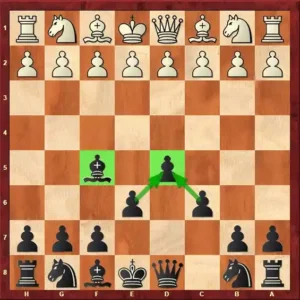
In the middle game, black’s idea is to play either e5 or c5 to attack white’s center and get equal position.
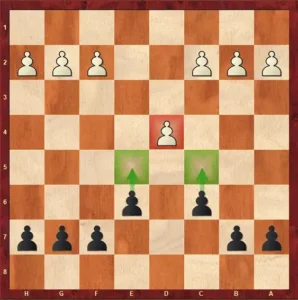
This opening gives you a weakness free position which makes it a popular choice both at the club level and at the Grandmaster level.
Where do you put your pieces?
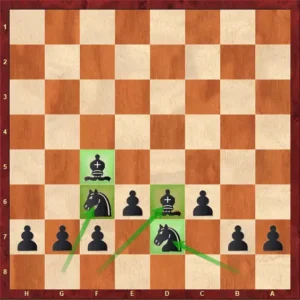
Light squared bishop usually goes to f5
Dark squared bishop goes to d6 or e7
g8 knight usually goes to f6
b8 knight usually goes to d7
This piece placement and pawn structure is very similar to London system.
Why it is called Caro-Kann Defense?
This opening was initially played by English player Horatio caro and Austrian player Marcus Kann in 1885.
They analyzed this opening and employed it in strong tournaments with successful results.
This opening is named after these two players.
Is Caro-Kann defense good for me?
Playing the Caro-Kann Defense has the following benefits:
1. Weakness free position: In some openings you need to accept a weakness in your position to get counter play as black. Example: e5 square remains weak in Dutch defense.
But Caro-Kann gives you a weakness free position to play and it is one of the reasons why top chess players regularly use this defense in their games.
2. Solid structure: when you build a pawn structure in the center with …c6 and …d5, you usually support it with e6 which makes this structure hard to break.
Due to this ultra strong central pawn structure, Caro-Kann is considered to be one of the most solid response against 1.e4.
3. Easy piece development: This is one of the reasons i like this opening.
In openings like French defense where you usually have to solve the problem of bad light squared bishop, this opening lets you develop all of your pieces easily.
4. Asymmetrical pawn structure: This opening leads to asymmetrical pawn structure which allows you to play for a win even against lower rated players.
If you look at petroff defense where you usually get symmetrical pawn structure; it can get tricky to outplay lower rated opponents.
So if you are looking for an opening which offers you weakness free solid position and enough play left to outplay your opponents then this may be a good choice for you.
Caro-Kann Defense step by step opening moves
Let’s look at initial moves of this opening from both sides step by step.

1.e4 c6
Black plays the Caro-Kann !
Black is ready to play …d5
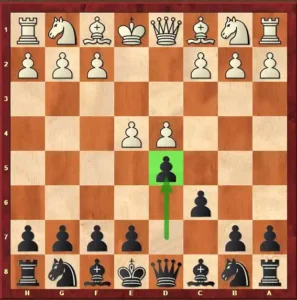
2. d4 d5
Black strikes in the center and creates a strong pawn chain.

3. e5 Bf5
It is important to get the light squared bishop out of the pawn chain before playing …e6

4.Nf3 e6
Black completes the triangle in the center. This position may look like the reversed London system.

5.Be2 Nd7
Black develops the knight to the natural square. Black does not need to hurry to develop his kingside pieces as center is closed and his king is safe.
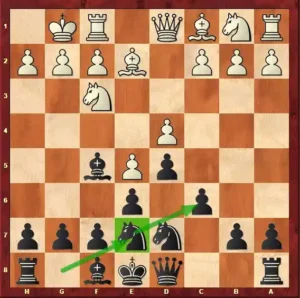
6.0-0 Ne7
Here f6 square is not available to g8 knight so it goes to e7.
Yes,it temporarily blocks the e7 bishop but after the knight moves to c6;black can develop the bishop to e7.
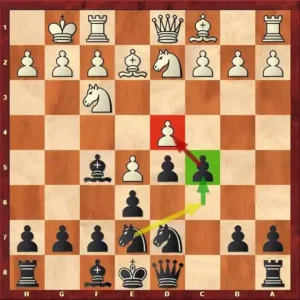
7.Nbd2 c5
Black attacks white’s center and vacates the c6 square for e7 knight.
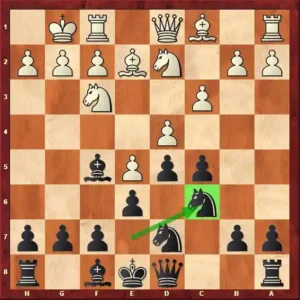
8. c3 Nc6
white solidifies his center with 8.c3 and black is ready to develop his bishop.

9.Re1 Be7
Black has developed all of his minor pieces and now ready to castle kingside.
well developed pieces and safe king ensures a good game for black.
Caro-Kann defense Mainline theory
Let’s look at some of the most popular opening lines that white chooses against Caro-Kann and how you can play against those variation.
Classical variation
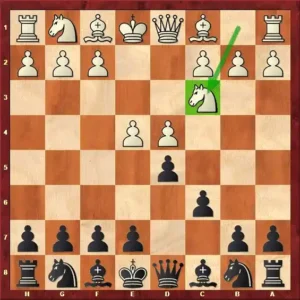
This 3.Nc3 variation is called classical variation. White’s idea is to simply develop a piece and protect the central pawn.
Let’s see how black can play against this variation.

3…dxe4 Black captures the central pawn and gets ready to develop his light squared bishop.
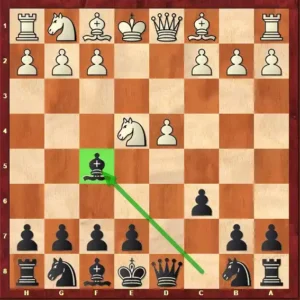
4.Nxe4 Bf5
Black develops his light squared bishop with attack on white’s knight.
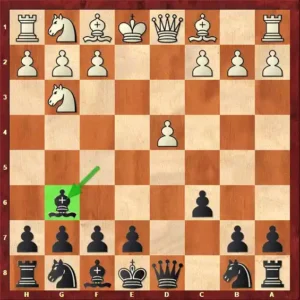
5.Ng3 White saves his knight and attacks black’s bishop.
5…Bg6 Black simply protects the bishop.
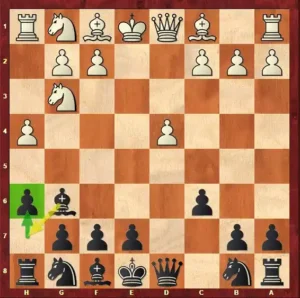
6. h4 is the tricky idea of white. white wants to play h5 in the next move and trap our bishop.
6…h6 Black makes an escape square (h7) for the bishop.
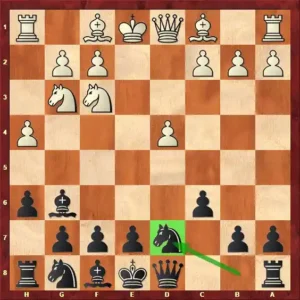
7. Nf3 White develops his knight.
7…Nd7 we also develop our queenside knight.
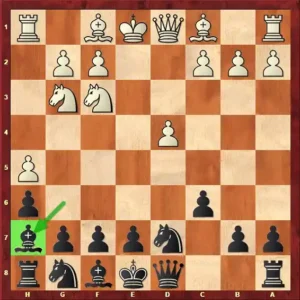
8. h5 Bh7 White attacks our bishop and we simply protect it by moving it to h7.
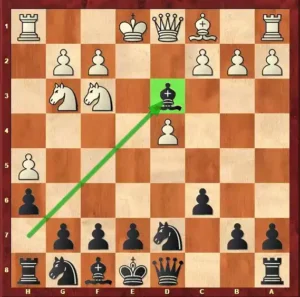
9. Bd3 White develops his light square bishop on the active square.
9…Bxd3 we have to exchange the bishop because if we allow 10.Bxh7 then after 10…Rxh7 we cannot castle on kingside.

10. Qxd3 e6 Black opens the diagonal for the dark squared bishop.
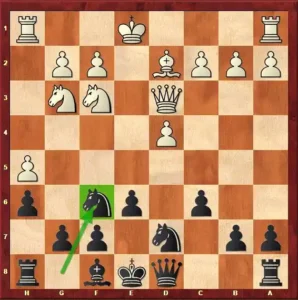
11. Bd2 white gets ready to castle on the queenside.
11…Nf6 Black develops his kingside knight.
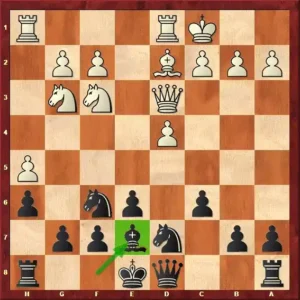
12. 0-0-0 Be7 Black is ready to castle kingside and complete his development.

13. Kb1 0-0 Black has completed his development and ready to play …Rc8 and break the center with …c5.
This classical variation can also arise if white plays 3.Nd2 and after 3…dxe4 we transpose to above mentioned line.
Advance variation
When white plays 3.e5, it is called advance variation. White takes space in the center and now black cannot develop his g8 knight to f6.
Let’s learn how black should play in this variation.
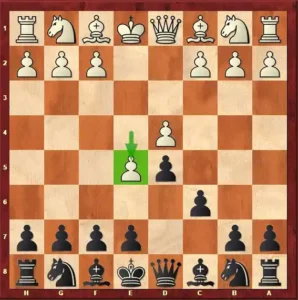
Against advance variation also, black first gets his light square bishop to f5 and then solidifies his center by playing …e6.
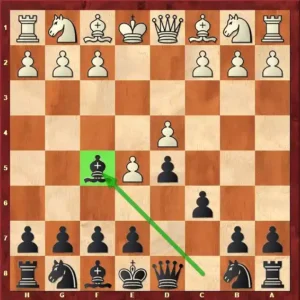
3…Bf5 Black gets the light squared bishop out before playing the move …e6.
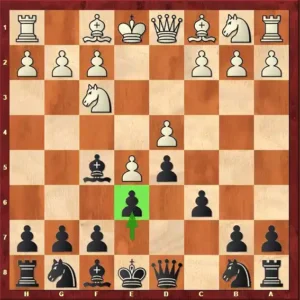
4. Nf3 white simply develops his kingside piece.
4…e6 Black completes the central formation and opens the diagonal for the dark squared bishop.
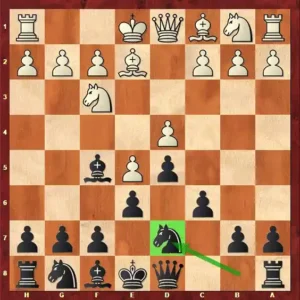
5. Be2 white gets ready to castle kingside.
5…Nd7 Black also develops his queenside knight.

6. 0-0 Ne7 Black develops his kingside knight to e7 because f6 square was not available.
Yes, it temporarily blocks the bishop but black’s plan is to put the knight on f5 and then develop the bishop to e7.

7. Nbd2 h6! Black continues with his plan.
Idea is to put the bishop on h7 to vacate the f5 square for the knight and then develop dark squared bishop to e7.
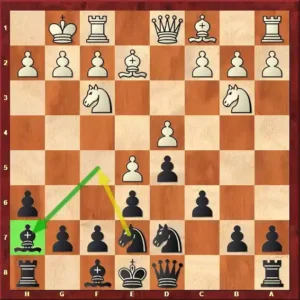
8. Nb3 Bh7 Black is ready for knight jump.

9. Bd2 white develops his queenside bishop.
9…Nf5 Black has completed his plan and now ready for …Be7.

10. Rc1 Be7 Black is ready to castle kingside and has developed all of his pieces.
Black’s plan in the middle game is to attack the center by playing the …c5 pawn move.
Panov-Botvinnik attack
Russian chess grandmaster Mikhail Botvinnik employed this variation on many occasions against strong player with good results.

Whites idea is to accept isolated d4 pawn (after the exchange of c4-d5 pawn) and in return white will have more active pieces.
This variation can become dangerous for black if he does not know the theory.
Let’s see how black plays against this line…
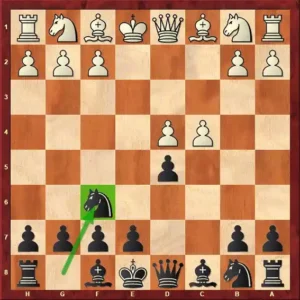
4…Nf6 Black develops the kingside knight.
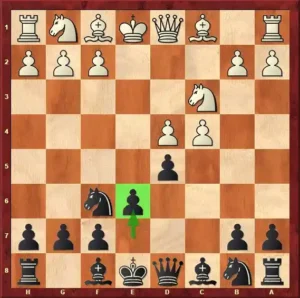
5. Nc3 e6 Black supports the d5 pawn and gets ready to develop his dark squared bishop.
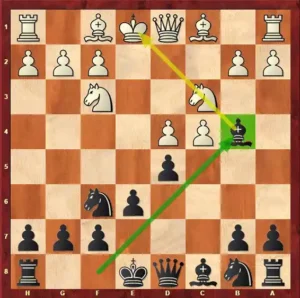
6. Nf3 Bb4 Black develops his bishop and pins the knight.
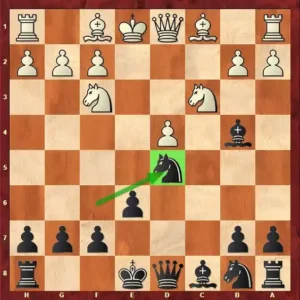
7. cxd5 Nxd5 Now the d4 pawn is isolated and black’s plan will revolve around blocking and attacking the d4 pawn.

8. Bd2 Nc6 Black develops the queenside knight also.
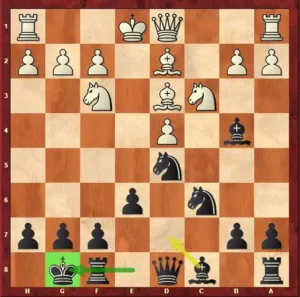
9. Bd3 0-0 Black gets castled and in the next move, black will play Bd7 and complete his development with a good game.
Conclusion
Caro-Kann Defense is a solid opening against 1. e4, it can be played by beginners as well as advanced players in tournament games. You need to understand how to play against some structures like isolated queen pawn and you will get good positions in your game.

